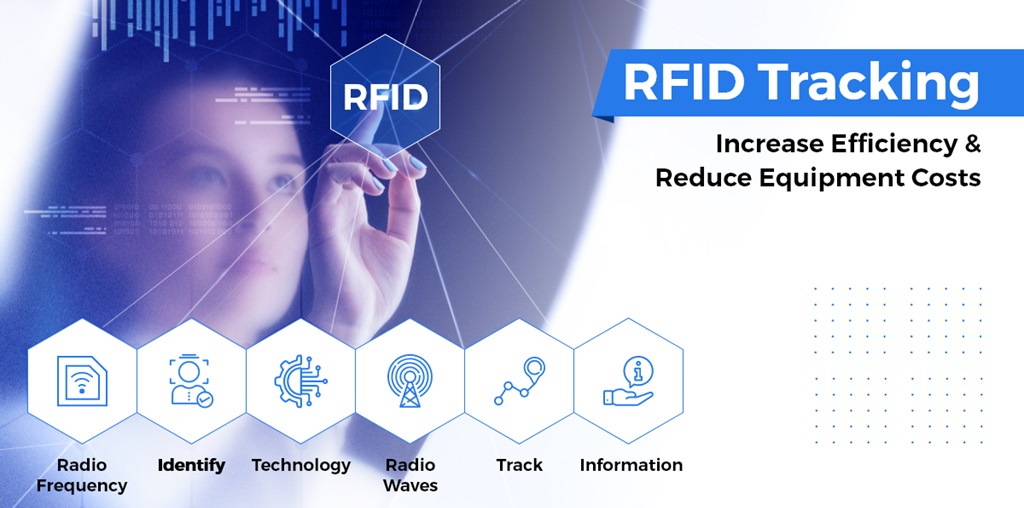
RFID (Radio-Frequency Identification) is a technology that uses electromagnetic fields to automatically identify and track tags attached to objects. Here are the steps to develop an RFID solution:
1. Define Your Objectives
Identify the goals and requirements of the RFID system:
- What items need to be tracked?
- What is the range and accuracy required?
- What is the environment (e.g., warehouse, retail store, hospital)?
- Integration with existing systems.
2. Choose the Right RFID Technology
There are different types of RFID systems based on frequency ranges:
- Low Frequency (LF): 125-134 kHz, short range (up to 10 cm).
- High Frequency (HF): 13.56 MHz, moderate range (up to 1 meter).
- Ultra High Frequency (UHF): 860-960 MHz, long range (up to 12 meters).
- Microwave: 2.45 GHz, long range (up to 30 meters).
3. Select RFID Components
- Tags: These are attached to items. They can be passive, active, or semi-passive.
- Readers: These devices send out radio waves and receive signals from tags.
- Antennas: Facilitate communication between the tag and the reader.
- Middleware: Software that processes the data from the readers and integrates it with other systems.
4. Design the System Architecture
- Tagging Strategy: Decide where and how tags will be attached to items.
- Reader Placement: Determine optimal locations for readers to ensure coverage and minimize interference.
- Data Flow: Define how data will flow from the readers to the middleware and then to the final application (e.g., inventory management system).
5. Integration with Existing Systems
- Ensure that the RFID solution integrates seamlessly with your existing software and databases.
- Use APIs or middleware to facilitate communication between different systems.
6. Implementation
- Pilot Testing: Start with a small-scale implementation to test the system and make necessary adjustments.
- Full Deployment: Roll out the system across the entire facility or supply chain.
7. Training and Support
- Train staff on how to use the RFID system.
- Provide ongoing support and maintenance to ensure the system runs smoothly.
8. Monitor and Optimize
- Regularly monitor the system’s performance.
- Analyze the data collected to find areas for improvement.
- Make adjustments to the system as needed to improve efficiency and accuracy.
Example Use Cases
- Inventory Management: Track inventory in real-time, reduce theft, and improve stock accuracy.
- Supply Chain Management: Monitor the movement of goods through the supply chain to improve visibility and efficiency.
- Asset Tracking: Keep track of valuable assets such as equipment, tools, and vehicles.
- Access Control: Use RFID badges for employee access to buildings and secure areas.
Benefits
- Efficiency: Automates tracking and reduces manual labor.
- Accuracy: Reduces human error in data collection.
- Visibility: Provides real-time information on the location and status of items.
- Security: Enhances security by monitoring and controlling access to assets and areas.
If you have a specific application or need assistance in choosing the right components, feel free to provide more details!